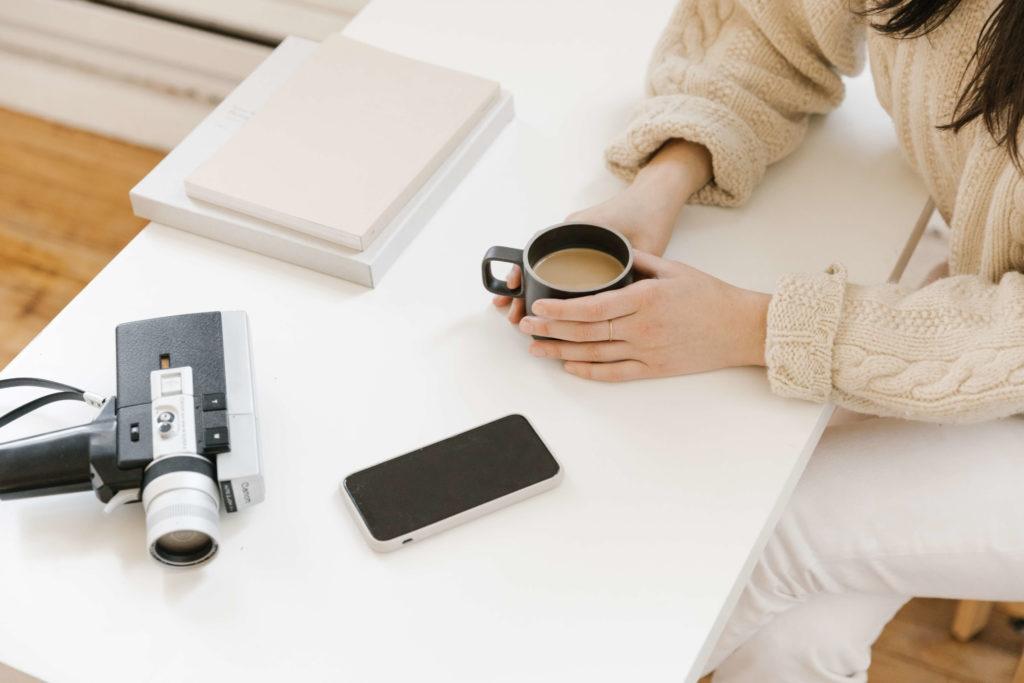
When I started my photography business 7 years ago, fresh out of college (yes, I went to school for photography, not design!) I choose the route that many beginner photographers choose – to build my own website from scratch. When I was in high school I used to play around with building HTML websites (I used to read HTML books in study hall, cue the nerd jokes), so I figured that with such an easy to use platform like Showit, I could build one myself, no problem! I remember sitting on the floor of my tiny Manhattan apartment (that’s a story for another blog post) ready to pull my hair out. I couldn’t decide on colors or fonts, and I had no idea how things should be organized. What should I write? What kinds of photos should I include? Hell, what kind of content should I include? I had my fine art portfolio from school, which consisted mainly of architectural photography, but I also wanted to…you know…actually make money and have people hire me to photograph them. I couldn’t stop looking at other photographer’s websites and comparing my work to theirs, my website layouts (still just ideas at this point) to theirs. It seemed like everything I came up with was just a weird conglomerate of everything else out there. How do I even begin to create something original? So, I gave in, and decided to hire a professional designer. This was a huge reality check for me as well. Here’s what I wish I knew before hiring a designer:
1) Good web design isn’t quick, or cheap.
It’s an investment. I remember when I reached out to my absolute favorite designer and she responded saying her prices started around $3,000 and she had a wait list of at least 6 months. My jaw hit the floor. “You mean I can’t get what I want for $300 by the end of the week?” If I wanted to, I could probably find someone that would do it for that price, but you get what you pay for. I wanted someone who truly understood who I was (even though I wasn’t even sure of that yet, see below), and who would do more than just build a portfolio for me, they would do their homework to find out what my goals, hopes, and dreams were, and help me make them a reality.
2) You need to learn who you really are as an artist before you can build a brand.
As I said before, I wanted to show that I was versatile as an artist. I wanted a website that would show off my fine art photography, portrait photography (even though I had little to no experience with this), and any other kind of work I would hopefully be able to make a living off of. At this point I just wanted to be a general photographer, someone who was good at everything, and appealed to everyone. What I really needed to do was narrow my niche. Figure out what inspired me, what made me happy to shoot, and what I could really excel at. It was impossible for me to choose colors, fonts, or even a template design to use because my portfolio was so varied. Learning who you are as an artist is an in-depth process that takes time. I’ve been at this for almost 8 years now and I’m still learning, evolving, growing.
3. If you’re trying to appeal to everyone, you’re likely appealing to no one.
Who are you speaking to? Who is your audience? Before your clients can invest in you, they first need to trust you. They need to know beyond the shadow of a doubt that you are the best person for the job, that you excel at your field, and that you are an expert.
Templates are a great place to start if you’re building your very first website. Take the time to really explore who you are, who your audience is, and who your ideal client is. How do you want your life to look? How do you want your clients to see you? Once you’re entirely confident in these things, then it’s time to make the leap and hire that designer.


